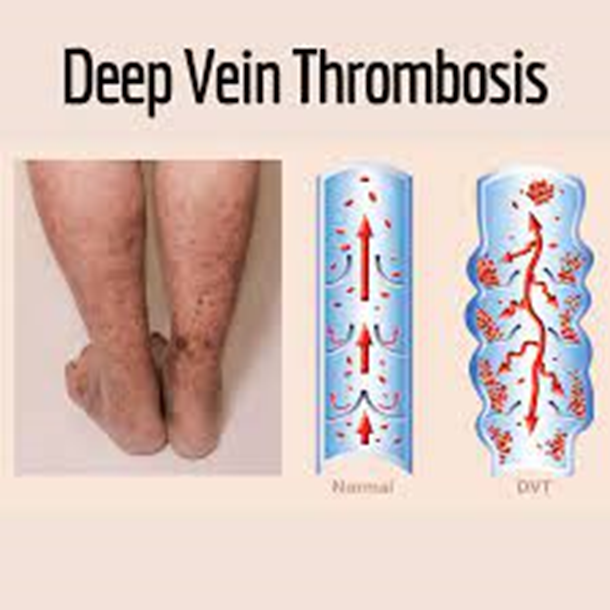A nurse manager is discussing critical pathway use during a staff meeting. Which of the following information should the nurse manager include as an outcome of critical pathway use?
Decreased cost-effectiveness
Decreased care delays
Increased length of stay
Increased variation in clinical interventions
The Correct Answer is B
Choice A reason: Decreased cost-effectiveness is not an outcome of critical pathway use, but rather an outcome of poor quality care. Critical pathways are designed to improve the quality and efficiency of care by reducing unnecessary costs and resources.
Choice B reason: Decreased care delays is an outcome of critical pathway use, as it reflects the timely and coordinated delivery of care. Critical pathways are evidence-based plans that outline the expected course of care and outcomes for a specific client population.
Choice C reason: Increased length of stay is not an outcome of critical pathway use, but rather an outcome of ineffective or inappropriate care. Critical pathways are intended to shorten the length of stay by optimizing the care process and preventing complications.
Choice D reason: Increased variation in clinical interventions is not an outcome of critical pathway use, but rather an outcome of inconsistent or individualized care. Critical pathways are meant to standardize the clinical interventions based on the best available evidence and practice guidelines.
Nursing Test Bank
Naxlex Comprehensive Predictor Exams
Related Questions
Correct Answer is A
Explanation
Choice A reason: This is the correct choice because this client has the least urgent and most stable condition. A deep-vein thrombosis is a blood clot that forms in a vein, usually in the leg. An INR of 2.0 indicates that the client's blood is within the therapeutic range for anticoagulation therapy, which prevents the clot from growing or breaking off. The nurse should ensure that the client has a prescription for oral anticoagulants, compression stockings, and follow-up appointments before discharging them.
Choice B reason: This is not the correct choice because this client has a serious and potentially life-threatening condition. Tumor lysis syndrome is a complication of chemotherapy that occurs when cancer cells break down rapidly and release their contents into the bloodstream. This can cause electrolyte imbalances, kidney damage, and cardiac arrhythmias. The nurse should monitor the client's vital signs, laboratory values, urine output, and fluid balance, and administer medications and interventions as prescribed.
Choice C reason: This is not the correct choice because this client has a new and acute condition. A new onset of left-sided weakness could indicate a stroke, which is a medical emergency that requires immediate diagnosis and treatment. The nurse should perform a neurological assessment, check the client's blood pressure and blood glucose levels, and activate the stroke protocol.
Choice D reason: This is not the correct choice because this client has a severe and unstable condition. Angina is chest pain that occurs when the heart muscle does not get enough oxygen-rich blood. A troponin level of 3 ng/mL indicates that the client has a high level of cardiac enzymes in the blood, which suggests a heart attack or myocardial infarction. The nurse should administer oxygen, nitroglycerin, aspirin, and morphine as prescribed, and prepare the client for further diagnostic tests and interventions.

Correct Answer is D
Explanation
The correct answer is: d.
Choice A reason: An allergy to penicillin requiring an alternative antibiotic to be prescribed is a common and expected variation in care. Allergies are patient-specific factors that must be accommodated within the care pathway. The need for an alternative antibiotic does not typically constitute a variance that requires reporting, as adjustments for allergies are part of personalized care planning.
Choice B reason: Initiating antibiotic therapy 2 hours after implementation of the care pathway may not require a variance report if it falls within the acceptable time frame for antibiotic administration. The timing of antibiotic therapy can be critical, but slight deviations are often accounted for within the care pathway guidelines. However, if the care pathway specifies a narrower time frame for initiation, then this could be a reportable variance.
Choice C reason: Changing the route of antibiotic therapy from IV to PO (oral) is a clinical decision that may be based on the patient's condition, progress, and ability to tolerate oral medications. This switch is a part of antimicrobial stewardship and is often encouraged when clinically appropriate to reduce IV line use and potential complications. It is a standard practice and does not typically require a variance report unless the change contradicts a specific protocol in the care pathway.
Choice D reason: Obtaining a blood culture after the initiation of antibiotic therapy is a significant variance from the standard care pathway. Blood cultures should be obtained before starting antibiotics to accurately identify the causative organisms and their antibiotic sensitivities. Starting antibiotics before obtaining blood cultures can reduce the likelihood of growing the bacteria in the culture, potentially leading to misdiagnosis and inappropriate treatment. This is a deviation from the standard of care that requires a variance report.
Whether you are a student looking to ace your exams or a practicing nurse seeking to enhance your expertise , our nursing education contents will empower you with the confidence and competence to make a difference in the lives of patients and become a respected leader in the healthcare field.
Visit Naxlex, invest in your future and unlock endless possibilities with our unparalleled nursing education contents today
Report Wrong Answer on the Current Question
Do you disagree with the answer? If yes, what is your expected answer? Explain.
Kindly be descriptive with the issue you are facing.
